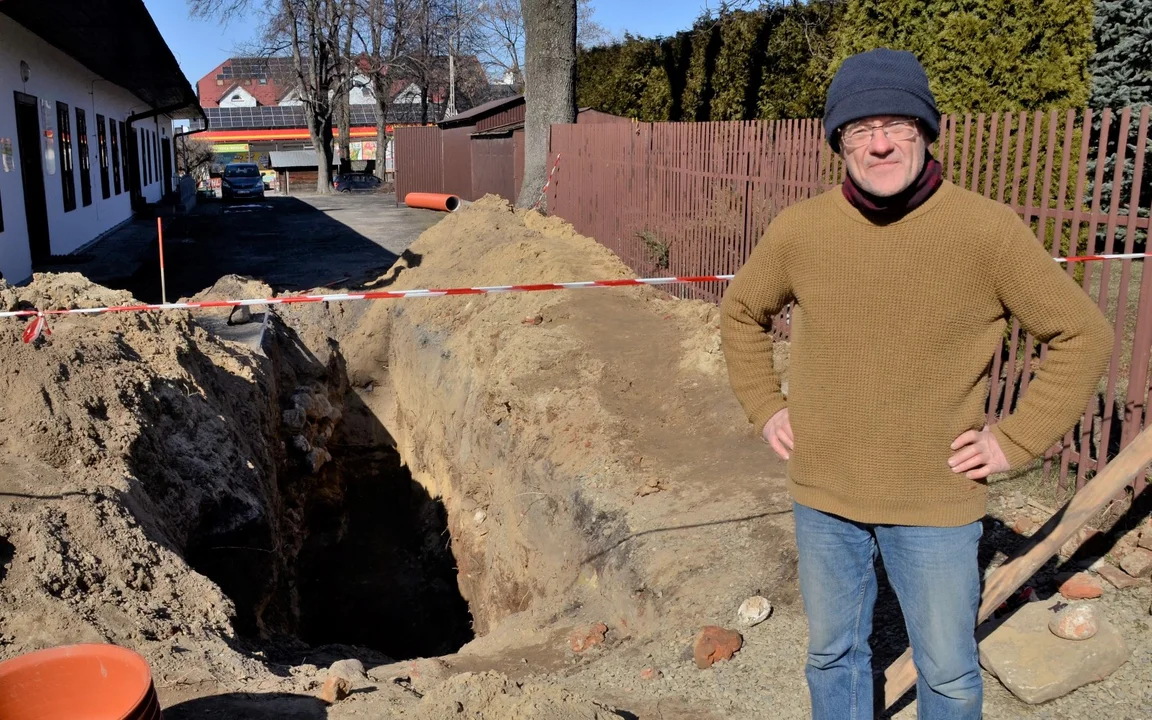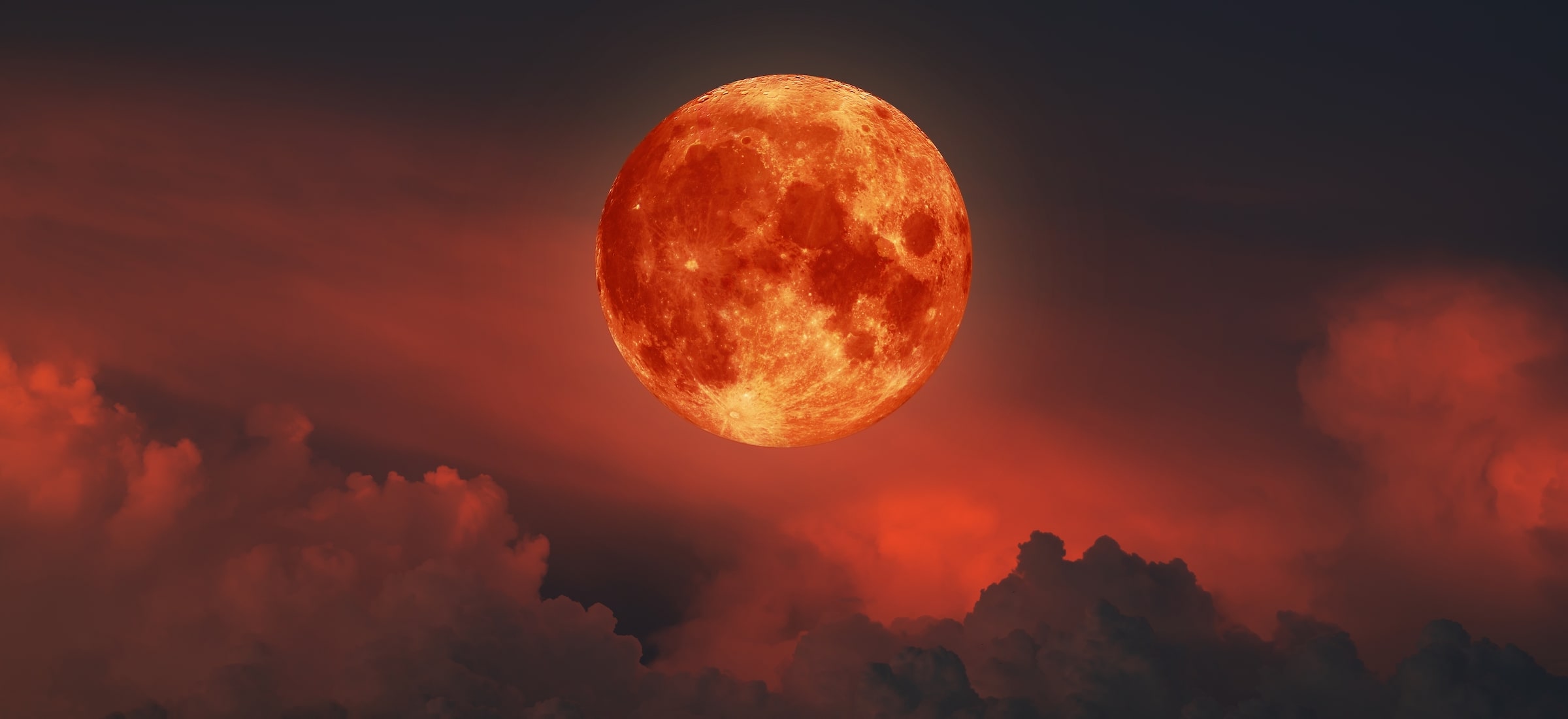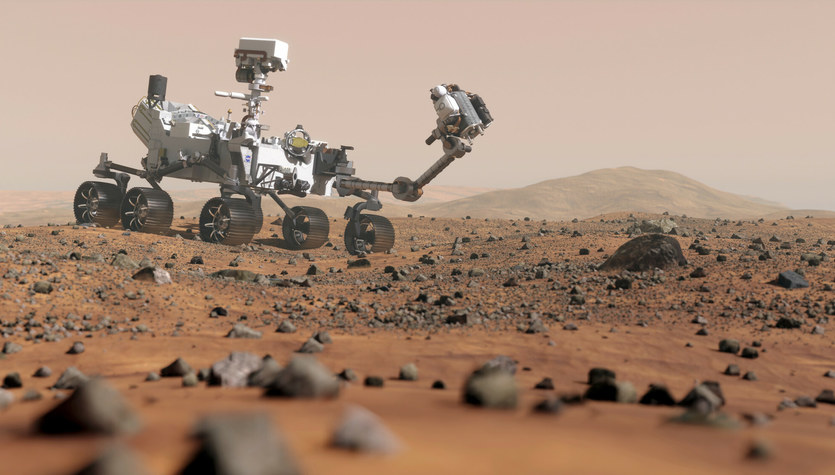If we ask random people what is at the end of the solar system, depending on the age of our interlocutor, we will hear that our planetary system ends at Pluto or Neptune, i.e. the last planet. From time to time, we will also meet someone who mentions the Oort Cloud, where comets come from, and visits the interior of the system from time to time. However, we hear less often about the Kuiper Belt, which has never penetrated public consciousness. Meanwhile, it is the objects that make up this region beyond Neptune’s orbit that contain much information about the history and composition of our cosmic environment.
The Kuiper Belt includes, among others, Pluto, a dwarf planet that until 2007 was considered the most distant planet in the solar system. Pluto is just one of millions of objects orbiting the Sun in a wide belt located outside the orbit of Neptune. There are objects the size of smaller and larger asteroids, but there are also objects similar in size to Pluto, such as Makemake, Haumea, and Eris.
Read also: Planet 9 does not give scientists peace. Did asteroid CNEOS14 tell us where to look for it?
A team of scientists from the University of Central Florida decided to look at a group of 59 trans-Neptunian objects in infrared light using the James Webb Space Telescope.
This is very valuable research. Given that trans-Neptunian objects have remained essentially unchanged since the formation of the solar system. Information about what is on their surface allows us to recreate the conditions that existed more than 4.5 billion years ago, when the first planets formed from the protoplanetary disk.
Analysis of the chemical composition of the surface of trans-Neptunian objects showed that out of 59 objects, as many as 56 had icy carbon dioxide on their surfaces, and 28 of them also had carbon monoxide. However, the latter compound is found only in those bodies that contain a very large amount of carbon dioxide.
Authors Latest developments They admit that they had not expected such a widespread presence of carbon dioxide so far from the Sun, let alone carbon monoxide.
Further analysis revealed even more surprising information. It turns out that in some of the examined objects the surface is covered with frozen carbon dioxide mixed with other chemical compounds, such as methanol or water ice, while in the remaining objects we are mainly dealing with pure carbon dioxide and carbon monoxide. In some places there is little carbon dioxide, in other places there is a lot of it. According to scientists, these differences must be caused by where and how such objects were created billions of years ago.
Read also: The James Webb Space Telescope looked at dwarf planets. Hardly anyone had heard of them
Scientists draw attention to another important aspect of the whole issue. While carbon dioxide would have been present in the original matter of the protoplanetary disk, and trans-Neptunian objects would have been present essentially from the moment of their creation, carbon monoxide is a volatile compound even on cold objects such as trans-Neptunian objects, so it did not He wouldn’t be able to survive for long. Therefore, the question that arises is where it comes from and why it persists on the surface of these bodies despite everything.
Monitoring data already exists. Now scientists working in laboratories will face the difficult task of explaining it. This is just the beginning of exploring this fascinating and vast family of objects hidden in the dark night sky, far beyond Neptune’s orbit. However, if we want to study other planetary systems, we must first get to know our own system well. Part of this knowledge must certainly include examination of Kuiper belt objects.

Echo Richards embodies a personality that is a delightful contradiction: a humble musicaholic who never brags about her expansive knowledge of both classic and contemporary tunes. Infuriatingly modest, one would never know from a mere conversation how deeply entrenched she is in the world of music. This passion seamlessly translates into her problem-solving skills, with Echo often drawing inspiration from melodies and rhythms. A voracious reader, she dives deep into literature, using stories to influence her own hardcore writing. Her spirited advocacy for alcohol isn’t about mere indulgence, but about celebrating life’s poignant moments.










